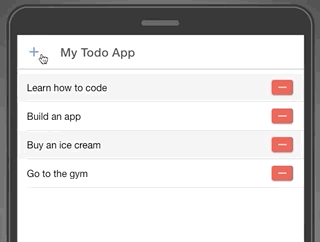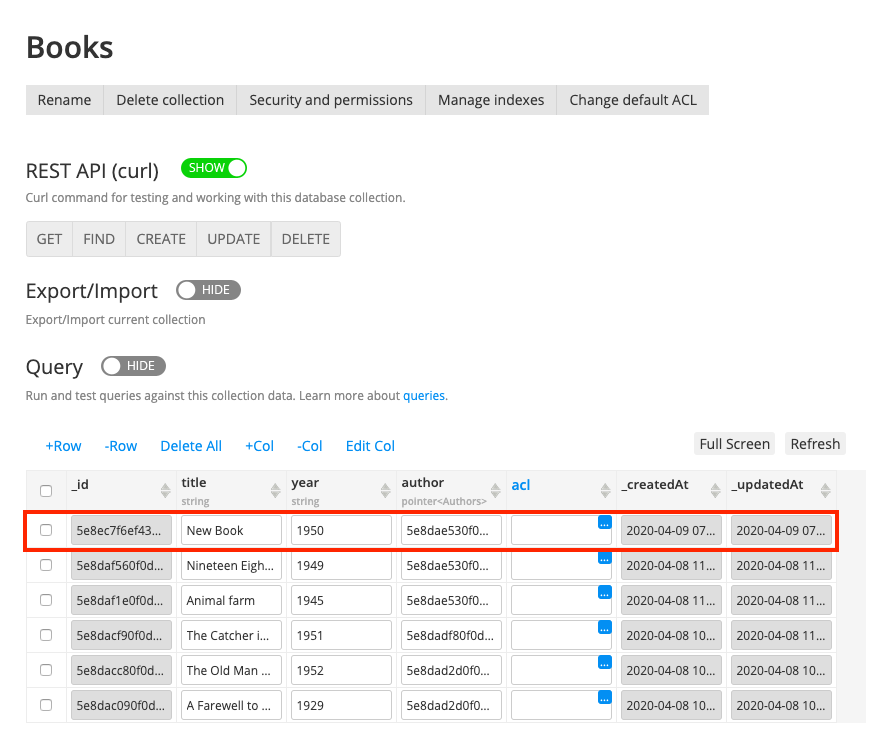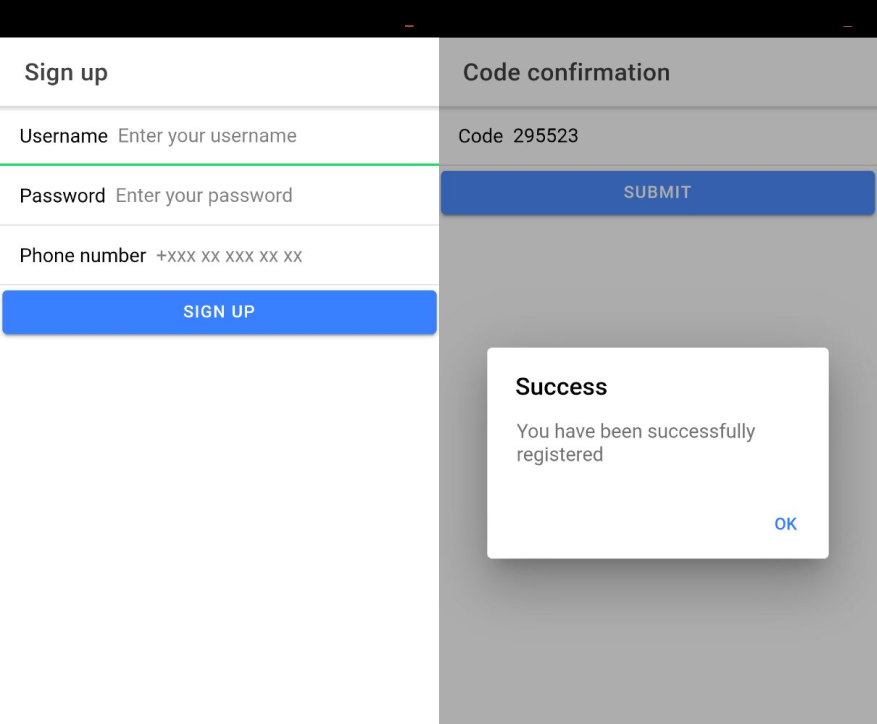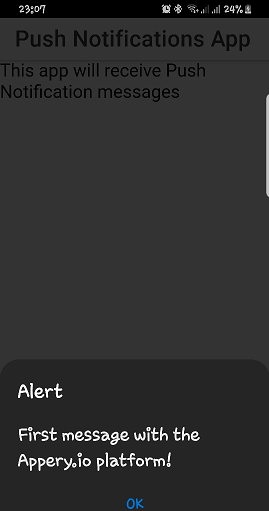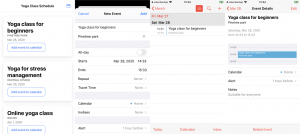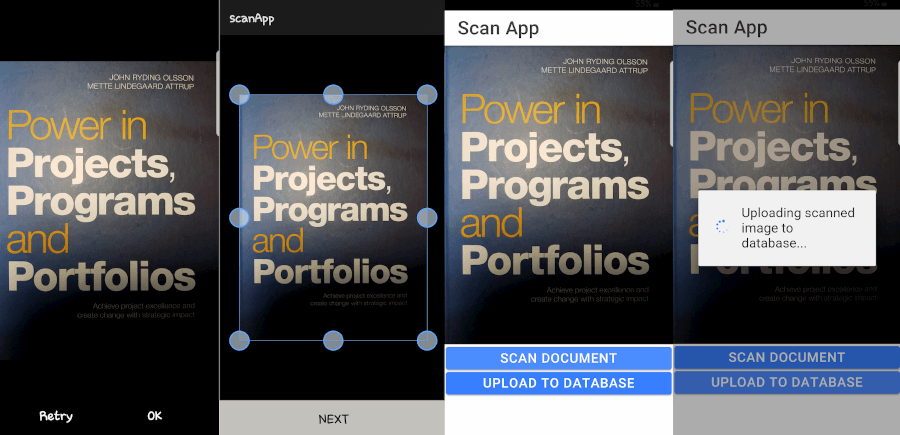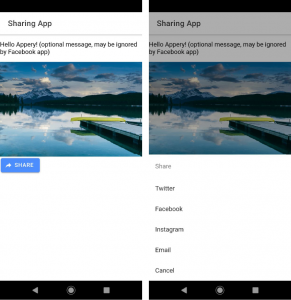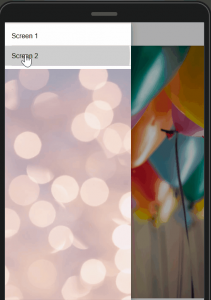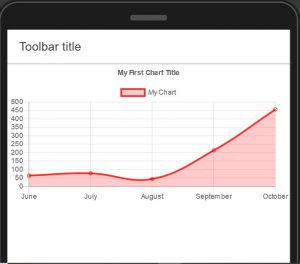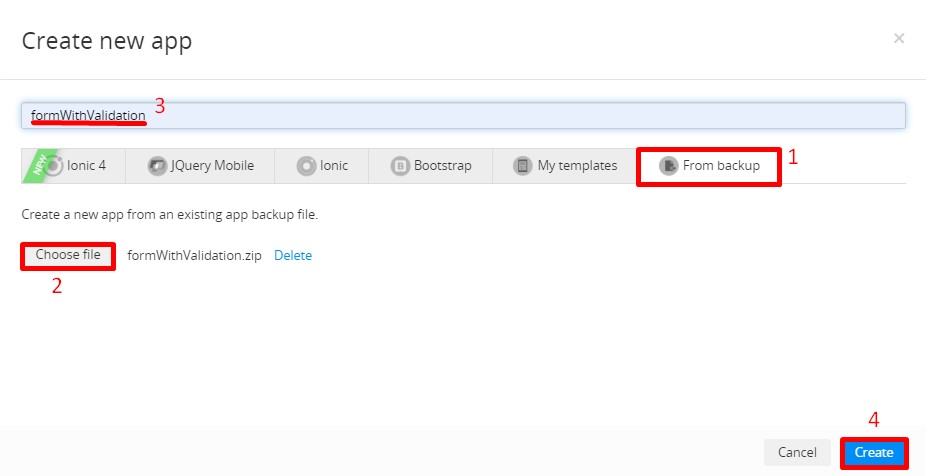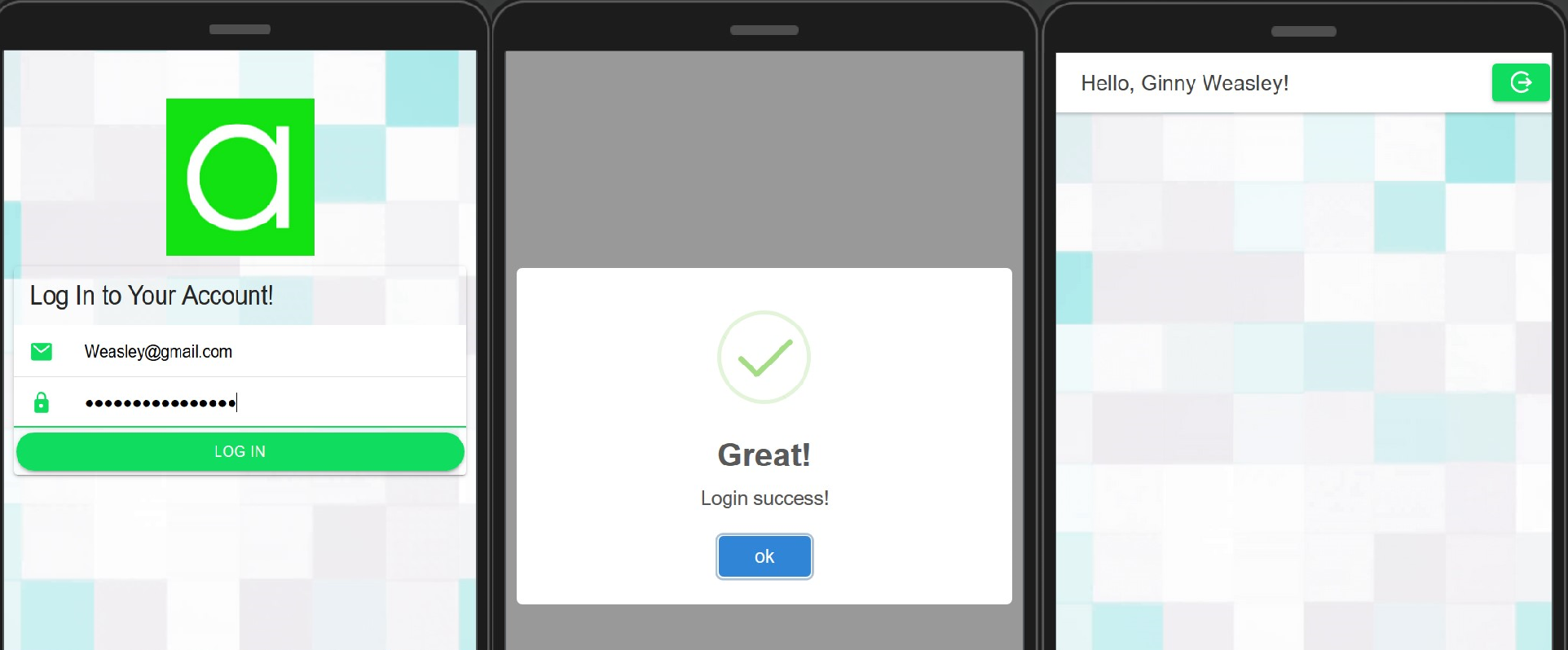Awesome Apps from the Appery.io COVID-19 Hackathon
We are thrilled to announce the winners of our Appery.io COVID-19 Virtual Hackathon!
The Appery.io COVID-19 Virtual Hackathon grew into a truly fantastic event that brought together many developers and hobbyists around the globe in an effort to come up with digital solutions to some of the challenges posed by the Coronavirus pandemic. The submitted applications focused on areas like healthcare, mental health, assistance for the elderly and vulnerable, improving the remote work experience, financial stability, and maintaining a sense of community.
A panel of experts judged each submission based on a detailed set of criteria and reached a unanimous decision on the Appery.io COVID-19 Hackathon winners. Here are our top submissions:
Grand Prize Winner
The winning app named “COVID-19 Knowledge Test” aims to evaluate the degree of a user’s knowledge regarding COVID-19 and increase COVID-19 information literacy.
Congratulations go to our Grand Prize Winner, Katerina Zhadko, a freelance front-end developer based in Europe, for developing such an innovative high-impact application—with Appery.io!
Other Notable Apps
The “Health Monitor” app connects doctors and patients. With this app patients can update their symptoms, notifying doctors of changes in their condition without needing to meet face to face. If a patient fails to report their symptoms or their condition moves outside the appropriate standards for them, doctors are automatically notified and can take appropriate action.
“Deep Breath” is a relaxation app intended to keep users calm during the pandemic. The app features a number of timed meditation exercises as well as an assortment of relaxing nature sounds to aid in sleep.
“COVID-19 Social Vulnerability” app tracks self-reported COVID-19 test results and downstream impacts including mental health, economic conditions, and housing.
“Walks2Go” provides interesting walking routes to people looking to get out of their house in a controlled and safe manner. Users can select the start distance from their current location, the length of their walk, and review a list of suggestions that fit their criteria along with a map of the route.
We want to thank all of those who participated in the Appery.io COVID-19 Virtual Hackathon. The success of this first hackathon is inspiring us now to work on creating even more opportunities to challenge and innovate within our amazing Appery.io community! Stay tuned for future announcements.




